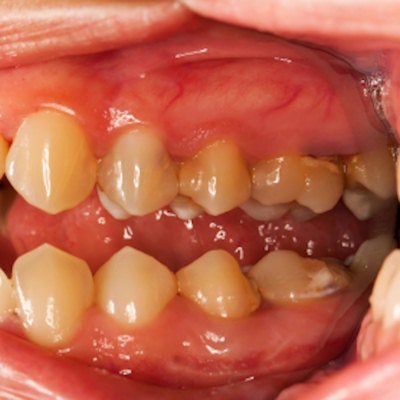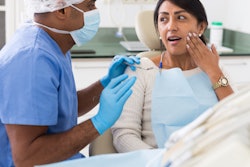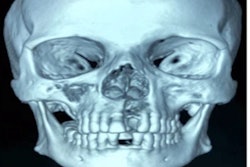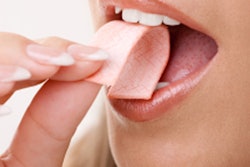
SARS-CoV-2 can be detected in cavitated tooth decay and periodontal pockets, suggesting that these sites may act as reservoirs for infection, according to an article recently published online in Molecular Oral Microbiology.
The findings indicate a potential direct link between SARS-CoV-2 and oral tissues. It's the first study to demonstrate the direct presence of the virus that causes COVID-19 in periodontal pockets and cavitated caries lesions, according to the group led by Dr. Zuhair Natto from the department of dental public health at King Abdulaziz University in Jeddah, Saudi Arabia (Mol Oral Microbiol, January 21, 2022).
Over the years, scientists have learned that several viruses, including the herpes simplex virus, HPV, and the Epstein-Barr virus, have been detected in periodontal pockets. Preliminary observations suggest that this may be due to the expression in oral epithelial cells of angiotensin-converting enzyme 2 (ACE2), a receptor for virus infection.
Because periodontal pockets and carious lesions can offer a hospitable environment for infection, the researchers hypothesized that samples taken from these areas will show SARS-CoV-2 if the novel coronavirus is present.
To evaluate SARS-CoV-2 in periodontal pockets and cavitated caries, the researchers gave 72 people at King Fahad General Hospital in Saudi Arabia real‐time polymerase chain reaction (PCR) tests. None of the participants had previously been treated for COVID-19, and those included were symptomatic and asymptomatic COVID-19 patients with and without periodontal disease or carious lesions.
For patients with periodontal disease, four swabs were taken from the deepest pocket in each quadrant of the mouth. For patients with cavitated caries, a single swab was obtained from a lesion. Natto and colleagues analyzed the samples and calculated sensitivity, specificity, negative predictive value, positive predictive value, and accuracy.
Among the symptomatic positive COVID-19 cases with periodontal pockets, 41.7% tested positive for SARS-CoV-2. Of the symptomatic positive COVID-19 cases with cavitated caries lesions, 16.7% tested positive for SARS-CoV-2, the authors reported.
Several theories may explain the potential association between SARS-CoV-2 and oral tissue. For example, periodontopathic bacteria may worsen COVID-19 by initiating the expression of ACE2 and inflammatory cytokines. Also, an infected salivary gland can play a part in these infections, specifically with the involvement of cavitated carious lesions, the authors explained.
Future studies are needed to better evaluate the association between saliva and SARS-CoV-2, they wrote.
"SARS-CoV-2 can be detected in periodontal pockets and caries lesions, and these sites may act as reservoirs for infection," the group concluded.




















